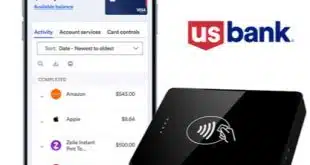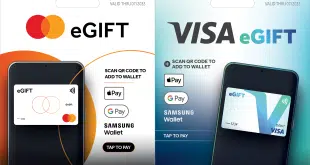For years, banking and payments veterans have dismissed cryptocurrencies like Bitcoin but at the same time have shown interest in the digital currencies’ underlying technology, the blockchain. Now one of the world’s biggest banking titans is testing its own blockchain-based token, but its restriction of the system to its own client universe raises questions, payments observers say.
Granted, that universe is pretty big. JPMorgan Chase & Co., which announced Thursday it developed a dollar-tethered token called JPM Coin for wholesale payments between institutional clients, processes $6 trillion each day in that business for clients around the world. The new coin is in “prototype stage” for now, but the bank clearly sees big potential. “We’ve tested it successfully with a client, but we will be rolling out the pilot later this year to select institutional clients and then more broadly later,” a Chase spokesman says by email.

Resembling a so-called stablecoin that resists the wild swings in value that have afflicted Bitcoin and other cryptocoins, JPM Coin is pegged at a value of $1 each and is redeemable in funds held by the bank. It runs on a blockchain built by Chase called Quorum, though the bank says it will ultimately operate on “all standard blockchain networks.”
But Chase is especially clear about two other things. At least for now, JPM Coin is not meant for transfers between Chase clients and businesses holding accounts at other institutions. “Only institutional customers passing JPM ‘know your client’ or KYC can transact with these coins,” says the spokesman.
And while the potential for transactions between consumers and merchants excites many blockchain observers, that use for Chase’s new token may be a long way off, as well. “JPM Coin is currently designed for business-to-business money movement flows, and because we are still in a testing phase, we don’t have plans to make this available to individuals at this stage,” the bank says on a Web site devoted to the new coin. “That said, the cost-savings and efficiency benefits would extend to the end customers of our institutional clients.”
For some observers reacting to Thursday’s news, the restriction for now to existing Chase clients raises questions about whether the transfers really require the new token and its underlying technology. “Is it fair to call this a blockchain?” asks Tim Sloane, vice president for payments innovation at Mercator Advisory Group Inc., a Maynard, Mass.-based payments consultancy. “This may be a distributed ledger, but with the detail provided so far [the functions] could have been implemented using cloud and database technology. Forcing businesses to bank with JPM to use this [virtual currency] is the point.”
The Chase spokesman says interbank transfers haven’t been ruled out for the future. “It’s possible that one day [that] version exists, but for starters, we need to work within the security of known and trusted entities,” he notes.
On an interesting side note, Sloane says the invention of JPM Coin recalls a time in U.S. history when banks issued currency, a function that was ultimately assumed by the Federal Reserve. “Now comes JPM Coin. I’d imagine BofA Coin and Wells Coin can’t be far away,” he says.





